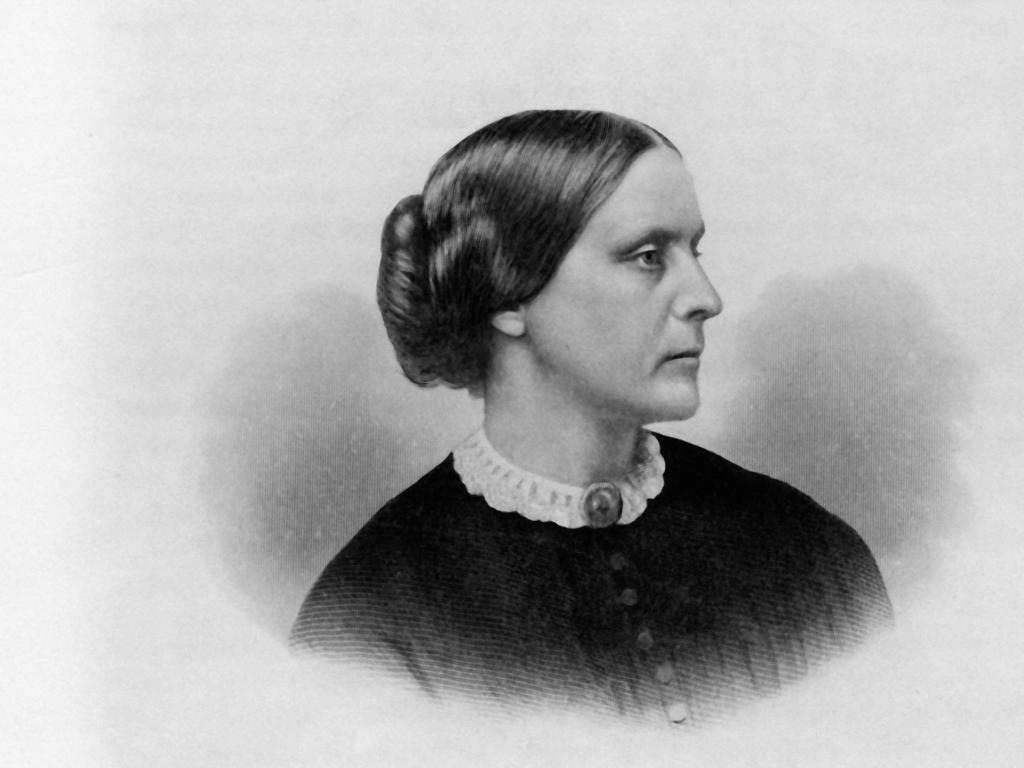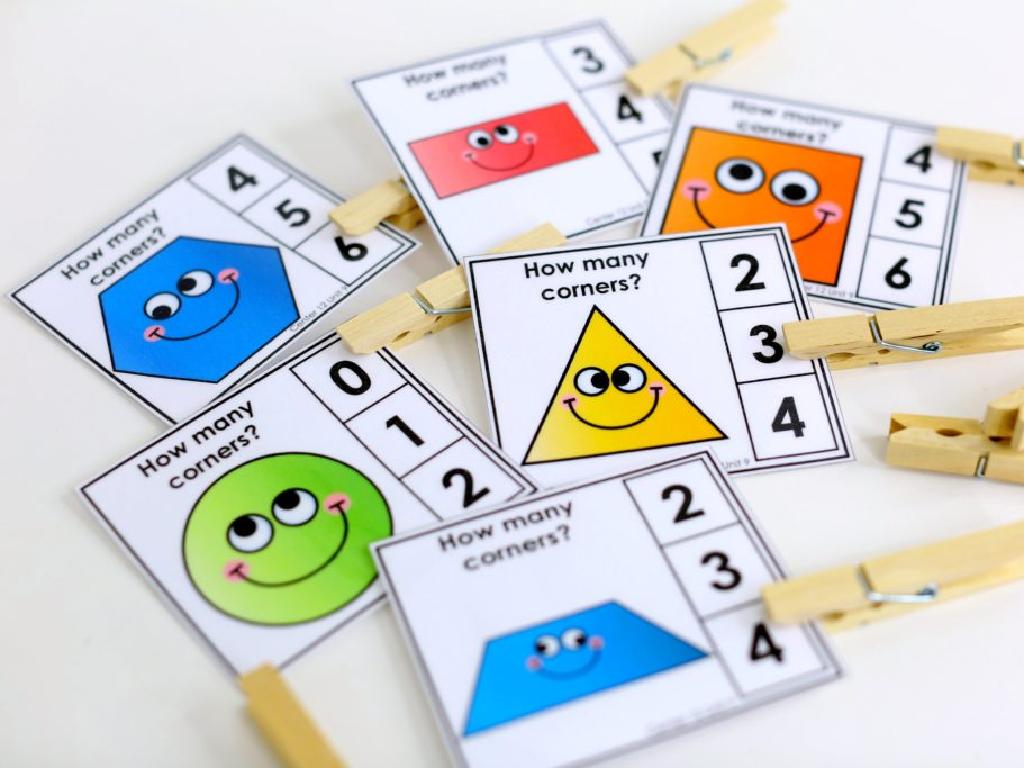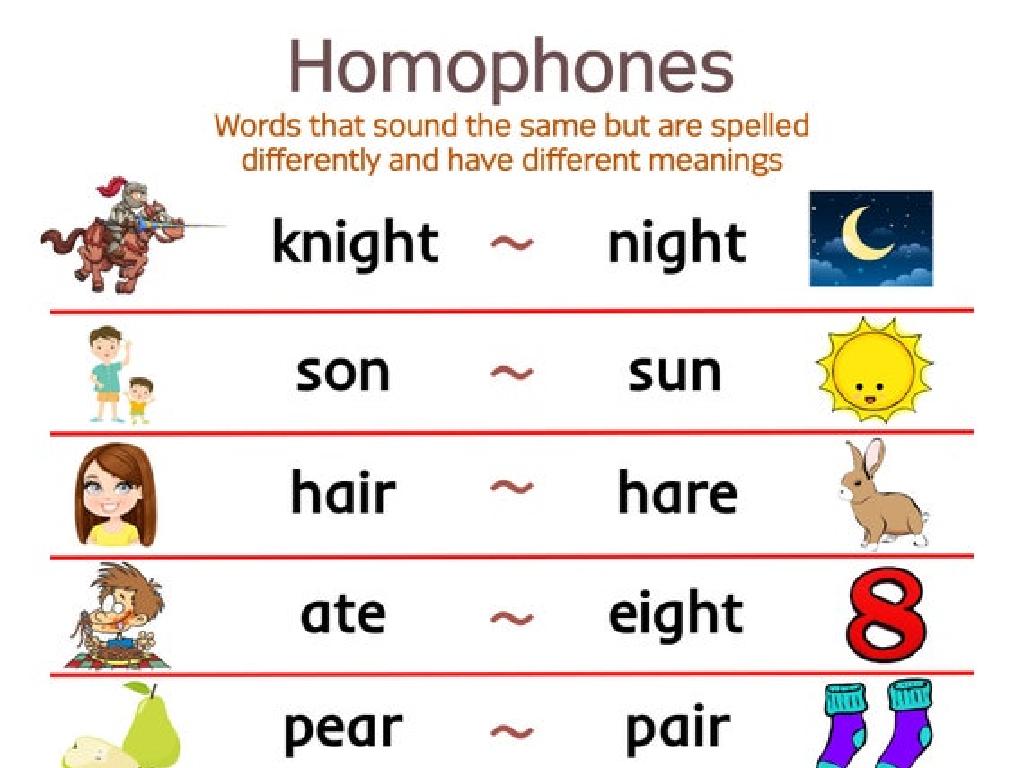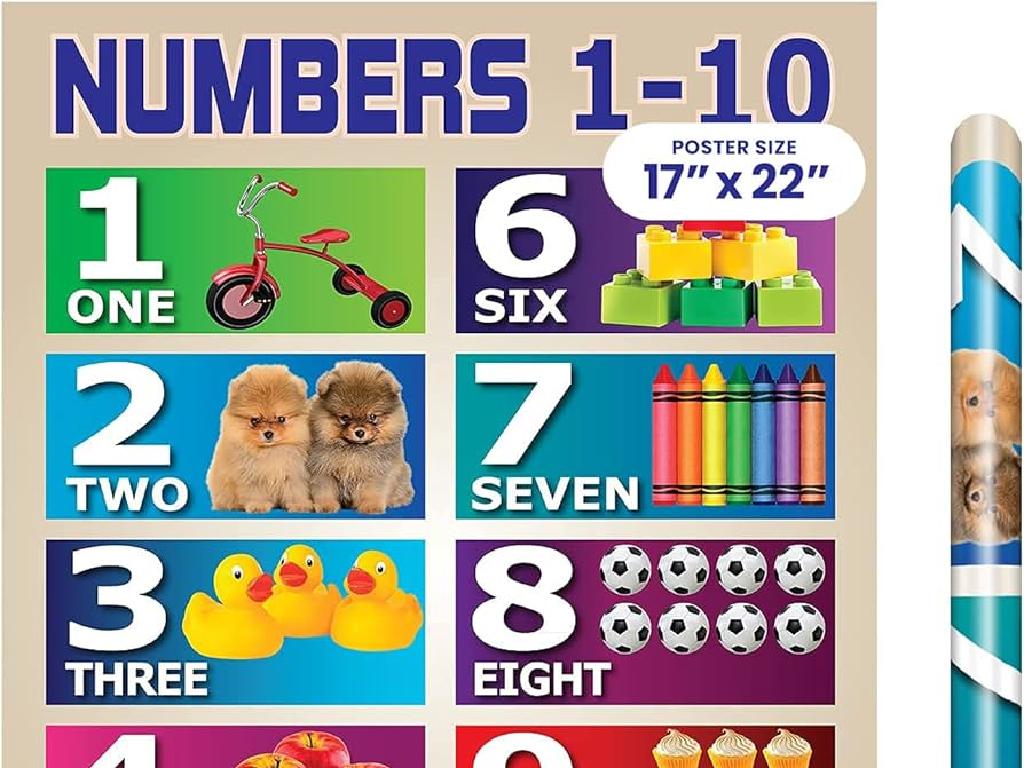Regroup Tens And Ones - Ways To Make A Number
Subject: Math
Grade: First grade
Topic: Place Value
Summary: This first grade place value presentation helps students understand how numbers are built using tens and ones. Through engaging activities with blocks and visuals, children learn to regroup ten single units into a ten and combine tens with ones to make two-digit numbers. Hands-on practice, classroom games, and at-home exercises reinforce key math skills, making place value fun and foundational for future math learning.
Please LOG IN to download the presentation. Access is available to registered users only.
View More Content
Welcome to Place Value!
– Greetings First Graders!
– Today’s lesson: Place Value
– Making numbers with tens and ones
– 10 ones make a ‘ten’, and we can combine them to make bigger numbers!
– Fun with numbers!
– We’ll use blocks and drawings to learn how to group tens and ones.
|
This slide is an introduction to the concept of place value for first graders. It’s designed to create a welcoming atmosphere and set the stage for the lesson. The focus is on understanding how to make numbers using tens and ones, which is a fundamental aspect of place value. The slide encourages an interactive and hands-on approach to learning, where students will use physical blocks and drawings to visualize and comprehend how numbers are constructed. The teacher should prepare manipulatives like counting blocks or drawings to represent tens and ones, and plan activities where students can practice grouping ones into tens and combining them to form different numbers. The goal is to ensure that students grasp the concept of place value in a fun and engaging way.
Understanding Place Value: Ones and Tens
– What is place value?
– Place value determines the value of a digit in a number.
– Value of digits in numbers
– Each position in a number has a different value.
– Focus on ones and tens places
– Ones are single units, tens are groups of ten.
– How place value helps us
|
This slide introduces the concept of place value, which is fundamental in understanding how numbers are structured and how to work with them. Explain that the value of each digit in a number depends on its position. For example, in the number ’23’, the ‘2’ is in the tens place and represents 20, or 2 groups of ten, while the ‘3’ is in the ones place and represents 3 single units. Emphasize that today’s lesson will focus on the ones and tens places, which are the building blocks for understanding larger numbers. Use simple examples and manipulatives like blocks or beads to visually demonstrate the concept of ones and tens to the students.
Understanding Tens and Ones
– What is a ‘ten’ in numbers?
– A ‘ten’ is a bundle of 10 ones grouped together.
– What does ‘one’ represent?
– ‘One’ is a single unit or one block.
– Making numbers with tens and ones
– Use tens and ones to build numbers like 15 (1 ten and 5 ones).
– Examples of combining tens and ones
– 10 ones make a ‘ten’ and we add ‘ones’ to make more numbers.
|
This slide introduces the concept of tens and ones, which are the building blocks of our number system. Start by explaining that a ‘ten’ is like a bundle of ten single items, and ‘one’ is just a single item by itself. Use physical blocks or visuals to show how ten ones can be grouped to form a ‘ten’. Then, demonstrate how different numbers can be made by combining tens and ones, such as 15 being made of 1 ten and 5 ones. Encourage students to practice with different numbers, using manipulatives like blocks or drawings to represent tens and ones. This will help them understand how to break down numbers into tens and ones, a fundamental skill in place value.
Making Numbers with Tens and Ones
– Understanding the number 14
– 14 is made up of 10 and 4 more
– 1 ten and 4 ones make 14
– A ten block and four single blocks show 14
– Let’s build the number 12
– Use a ten block and two ones to create 12
– Using blocks to learn place value
– Blocks help visualize tens and ones
|
This slide introduces the concept of place value by using tens and ones to make numbers. Start by explaining that the number 14 is composed of 1 ten (which is equal to 10) and 4 ones. Show this visually with blocks or drawings. Then, engage the students by asking them to make the number 12 using blocks, guiding them to use 1 ten block and 2 single blocks. This hands-on activity helps solidify their understanding of how two-digit numbers are formed. Encourage students to experiment with different numbers using blocks to further grasp the concept of tens and ones.
Practice Time: Making Number 16
– Make numbers using blocks
– Use blocks to form number 16
– Combine 1 ten block with 6 one blocks
– Only tens and ones allowed
– Show your number to the class
– Share how you made 16 with your blocks
|
This slide is for a hands-on activity where students will practice the concept of place value by using physical blocks to represent tens and ones. They will specifically make the number 16 by combining ten-blocks and one-blocks. This activity helps to reinforce their understanding of how numbers are composed and the concept of regrouping in a tangible way. Teachers should circulate the room to assist students as needed, ensuring they understand that 10 ones can be regrouped into 1 ten. After the activity, have students present their block numbers to the class to demonstrate their understanding and to practice their counting skills.
Understanding Place Value: Tens and Ones
– What is a ‘ten’ and a ‘one’?
– A ‘ten’ has 10 ones. A ‘one’ is a single unit.
– Making the number 10
– Combine 10 ones to form a ‘ten’.
– Building the number 20 with blocks
– Use two ‘tens’ blocks to represent 20.
|
This slide is aimed at reinforcing the concept of place value for first graders. Begin by reviewing the basic building blocks of our number system: tens and ones. Explain that a ‘ten’ is a group of 10 ones bundled together, and a ‘one’ is just a single unit by itself. Demonstrate how 10 individual ones can be combined to make a ‘ten’. Then, using physical or visual blocks, show how two tens can be put together to make the number 20. Encourage students to use their own blocks to build the number 20, reinforcing the concept of regrouping in a hands-on manner. This activity will help solidify their understanding of how numbers are constructed with tens and ones.
Class Activity: Building Numbers with Blocks
– Listen for a number I call out
– Use blocks to build the number
– Combine tens (long blocks) and ones (small cubes)
– Show the correct tens and ones
– A ten block and three one blocks make 13
– Who can be the quickest builder?
|
This activity is designed to help students visualize and understand the concept of place value by using physical blocks to represent tens and ones. As you call out numbers, students will use a combination of long blocks (representing tens) and small cubes (representing ones) to build the number. This hands-on approach reinforces their understanding of how numbers are composed and the significance of each digit’s place. Encourage quick thinking and dexterity as students race to represent the numbers correctly. After the activity, discuss with the class how different combinations of tens and ones can make the same number. For example, 14 can be made with one ten block and four one blocks or fourteen one blocks.
Great Work on Place Value!
– Proud of your learning today
– Making numbers with tens and ones
– Grouping objects into tens and ones helps us understand numbers better.
– Practice with toys or drawings at home
– Use blocks or crayons to create groups of ten and some more.
– Keep exploring numbers!
|
This slide is meant to congratulate the students on their hard work and understanding of place value with tens and ones. It’s important to encourage them to continue practicing at home in a fun and engaging way, such as using their toys to group into tens and ones or drawing pictures to represent numbers. This will help reinforce the concept and ensure they are comfortable with it. Remind them that learning is an ongoing process and practicing at home is a great way to solidify their understanding. Provide examples of how they can use items at home to practice, like grouping ten stuffed animals or drawing ten apples and adding a few more to make different numbers.





